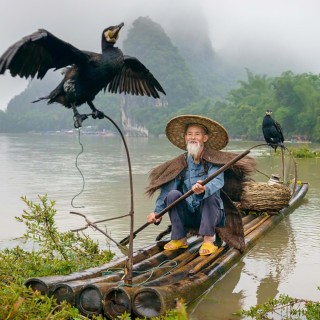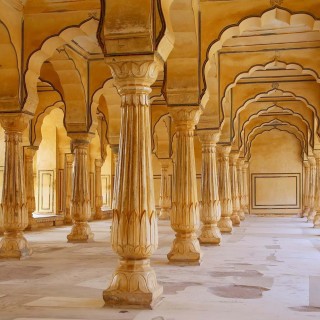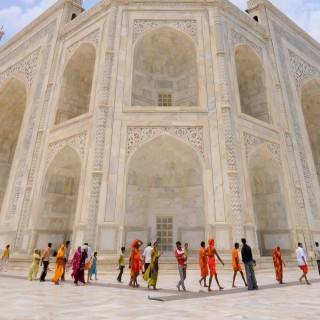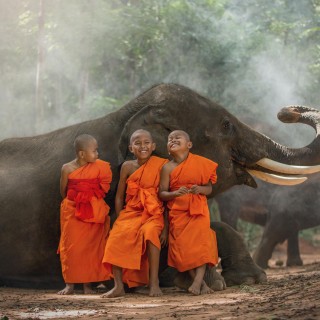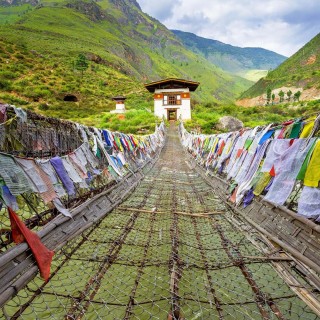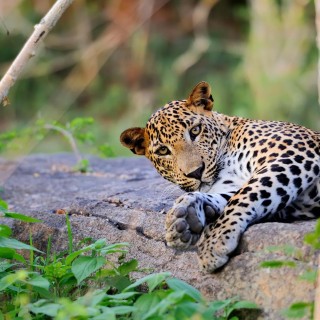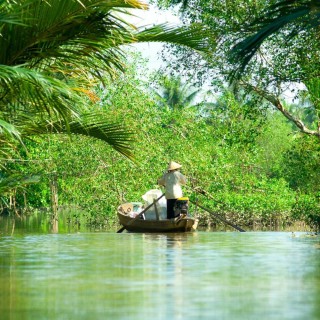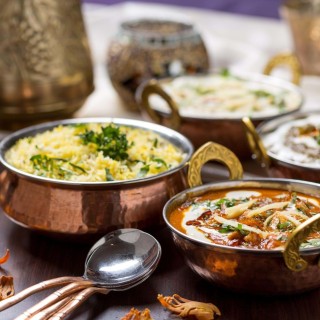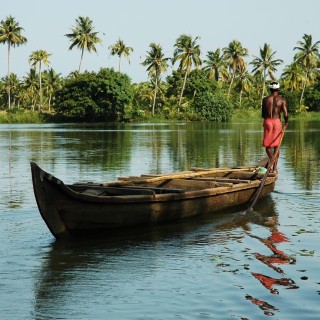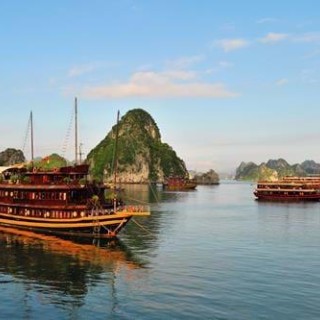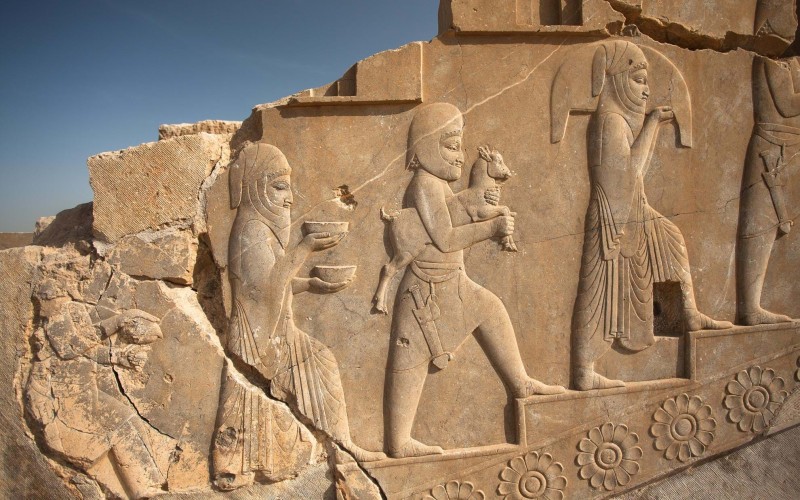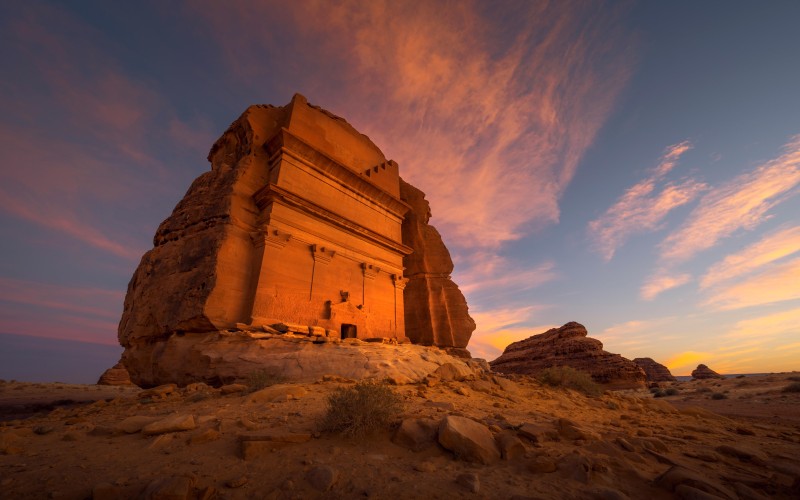Why Book a Tailor-Made Holiday
-
Having your Asia trip devised for you means you get to explore at your own pace, spending as much or as little time in the places you wish to visit. If you want to tie in a visit to a remote wildlife reserve or a couple of days unwinding on a beach, our consultants will be able to arrange it.
-
Rather than an off-the-peg route around a country’s highlights, your holiday will be genuinely bespoke, reflecting your personal interests, tastes and aspirations.
-
You get to leave and return on the dates that best suit you, and travel for however long you wish.
-
Our travel specialists will help keep your holiday to Asia within your budget.
-
We’ll advise you on flight connections and help you select the one that offers the best value.
-
Most of your travel will be in luxury, chauffeur-driven vehicles – usually a saloon car.
-
Whether you prefer to have someone with you at all times or different guides in different places, we will arrange an English-speaking guide.
-
Some but not all meals are generally included in the tour price. Your travel consultant will be able to advise you on the best options for meal plans in each place you visit.
-
The same specialist will remain with you right through to the conclusion of your holiday to ensure sure everything runs smoothly from start to finish.

